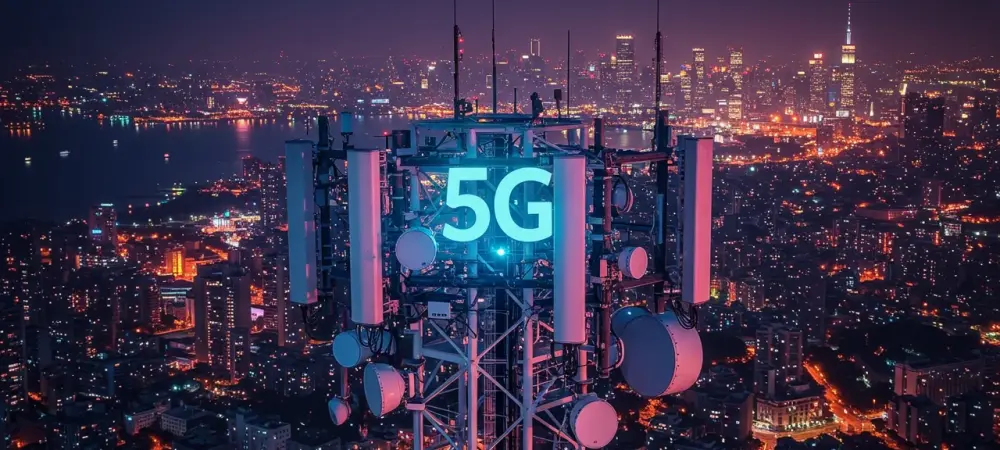The ambitious drive towards robust 5G connectivity in the UK has encountered some stumbling blocks, leading to a gap between expectations and reality in mobile network performance. Although the UK Government has set targets for widespread Gigabit-ready internet access by 2030, a new report reveals that user experiences are falling short of these objectives. Data shows that UK residents connect to 5G networks only 34% of the time, significantly lagging behind the European average of 48%. This data indicates that the advancement of 5G infrastructure in regions such as the Netherlands has surpassed the UK’s current efforts. Despite efforts to accelerate 5G adoption, particularly through Upper Mid-Band and Stand-Alone network deployments, the actual usage figures stand at just 23% and 0.7%, respectively. This lag in infrastructure development and deployment translates to real-world issues affecting day-to-day digital experiences for UK users.
The Implications of Inadequate Infrastructure
The report on 5G’s constraints in the UK highlights a variety of connectivity challenges affecting users’ daily digital experiences. Among these issues are inadequate download and upload speeds, compounded by latency problems that further compromise network dependability. Users often experience packet loss, complicating reliance on stable connections for diverse digital tasks. Certain activities suffer more noticeably. Gamers face high jitter rates, causing interruptions and distorting their gameplay experiences. Meanwhile, streaming services endure increased stalling rates, leading to user frustration and disrupted content consumption. These technical issues illustrate the broader impact of poor network performance on society, stressing the need for strategic improvements. To strengthen its 5G infrastructure, the UK must prioritize better deployment and technological advancements. Doing so would not only address these connectivity issues but also foster societal growth and digital innovation, ensuring a more seamless integration of 5G into daily life.

